Follicular Unit Transplantation (FUT surgery) is a well-established hair restoration technique that helps individuals regain natural hair growth. This procedure is especially beneficial for those experiencing significant hair loss and seeking a long-term solution. Understanding how FUT surgery works and the techniques used to maximize growth can help patients make informed decisions. In this article, we’ll explore the step-by-step process, advanced techniques, recovery expectations, and how to achieve optimal results.
Understanding FUT Surgery
FUT surgery is a hair restoration technique that entails removing a section of hair-bearing skin from the donor site, usually located at the back of the head. The extracted strip is dissected under a microscope to create individual follicular units, which are then implanted into thinning or balding areas. Unlike Follicular Unit Extraction (FUE), which removes follicles one by one, FUT allows for a larger number of grafts in a single session, making it ideal for patients requiring extensive coverage.
Not everyone is a candidate for FUT surgery. Ideal patients should have good scalp elasticity and a stable donor area. This method is often preferred by those with more severe hair loss who are looking for a cost-effective and efficient solution.
Step-by-Step Process of FUT Surgery
Initial Consultation and Scalp Evaluation
- The process starts with a thorough consultation where the surgeon assesses the patient’s hair loss pattern, donor area density, and overall suitability for FUT surgery.
Strip Extraction and Dissection
- A thin strip of scalp tissue is carefully removed from the donor area. The wound is then closed using advanced suturing techniques, which result in minimal scarring.
- The strip is dissected under a microscope into individual follicular units to ensure precision and graft viability.
Recipient Site Preparation
- Tiny incisions are made in the recipient area based on the natural hair growth pattern. The surgeon strategically determines the angle, density, and direction of hair placement.
Graft Implantation
- The dissected follicular units are meticulously implanted into the recipient sites to create a natural-looking hairline and restore density.
Techniques for Maximum Hair Growth in FUT Surgery
- Precision Graft Placement
- Each graft is placed with meticulous attention to ensure it mimics the natural growth pattern. This enhances the overall aesthetic appearance and maximizes coverage.
- Dense Packing for Improved Density
- The surgeon carefully places the grafts close together to achieve a fuller and thicker look. This method guarantees that the transplanted hair integrates flawlessly with surrounding strands.
- Minimizing Trauma During Implantation
- Specialized tools and gentle handling of grafts reduce damage, ensuring a higher survival rate and optimal regrowth.
- Advanced Closure Techniques to Reduce Scarring
- The trichophytic closure technique is commonly used in FUT surgery to minimize scarring. This method allows hair to grow through the scar, making it less visible.
- Use of PRP Therapy for Enhanced Growth
- Platelet-Rich Plasma (PRP) therapy is often used alongside FUT surgery to stimulate healing and improve graft survival, leading to thicker and healthier hair regrowth.
Recovery and Post-Operative Care
The healing process after FUT surgery is crucial for achieving the best results. Patients should anticipate a degree of swelling and slight discomfort, which generally decreases within a few days. Stitches are removed after 10–14 days, and most people can resume normal activities within a fortnight.
Aftercare Tips:
- Follow the prescribed medication routine to prevent infection and promote healing.
- Avoid vigorous activities for a minimum of two weeks to avert stress on the scalp.
- Sleep with an elevated head position to minimize swelling.
- Use mild shampoos as recommended by the surgeon.
Expected Results and Growth Timeline
Hair regrowth after FUT surgery occurs in phases. Initially, transplanted hair may shed within the first few weeks a normal part of the process. New hair begins to grow around the 3–4 month mark, with noticeable improvements by six months. Full results typically appear within 12–18 months.
Patients in Palm Desert and other regions can benefit from FUT’s long-lasting results, especially when performed by a skilled and experienced surgeon.
Conclusion
FUT surgery remains a highly effective solution for individuals experiencing significant hair loss. With advanced techniques such as precision graft placement, trichophytic closure, and PRP therapy, patients can achieve natural-looking, dense hair restoration.
For those in Palm Desert seeking expert hair restoration services, Beverly Hills Hair Restoration offers top-tier solutions. Their team of experienced surgeons ensures personalized treatment plans that deliver outstanding results, helping patients regain confidence with a fuller, healthier head of hair.
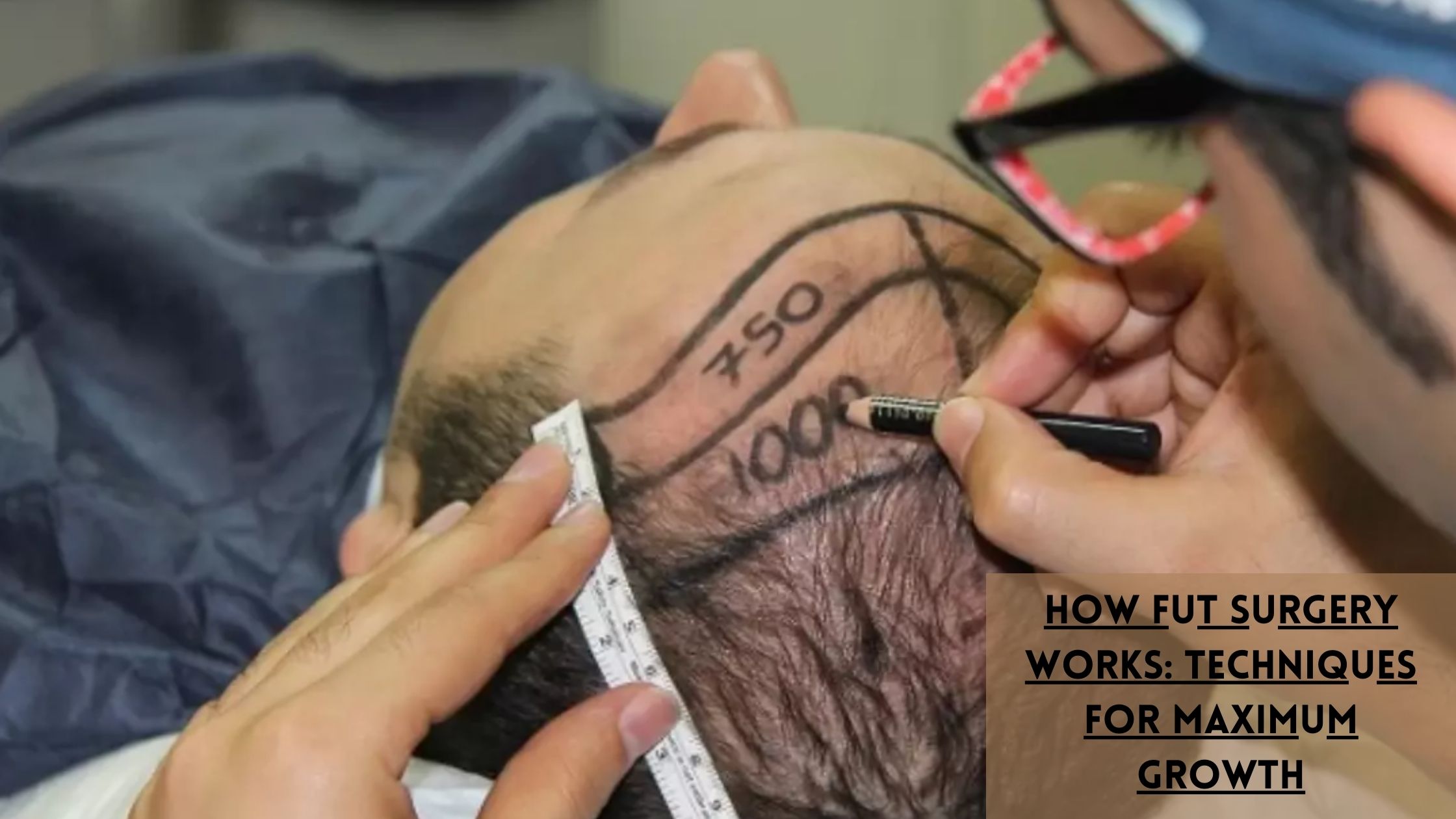
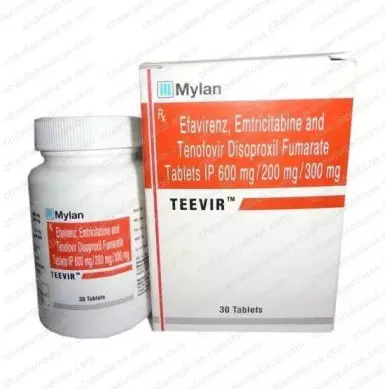
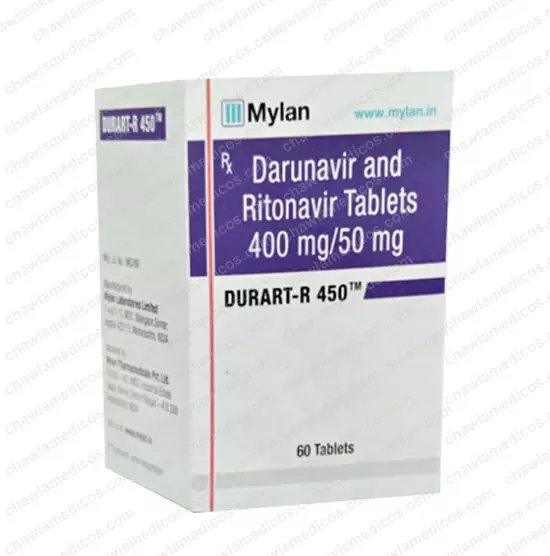
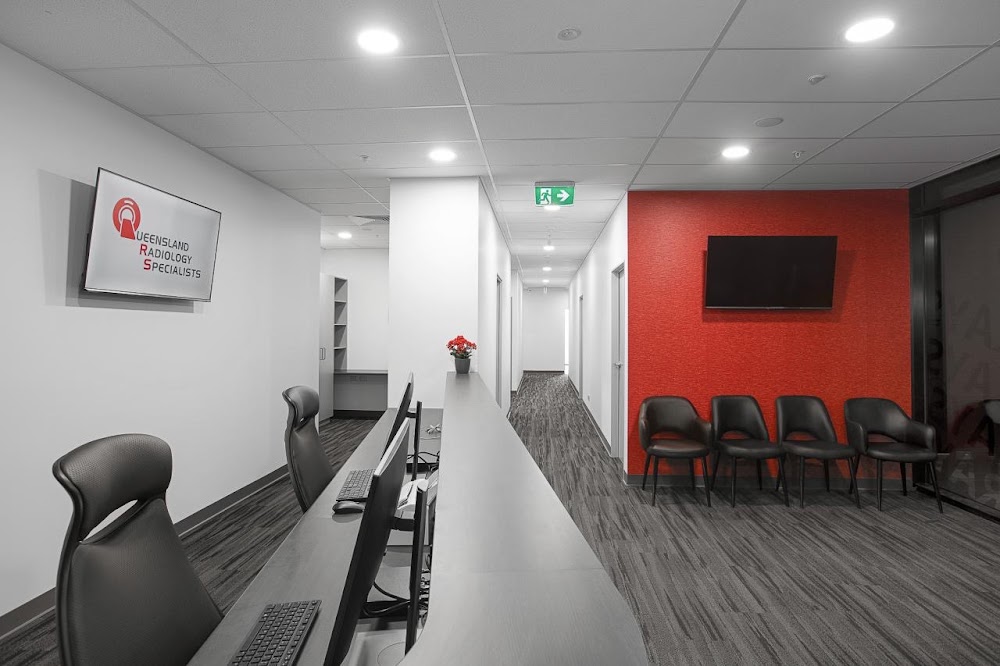


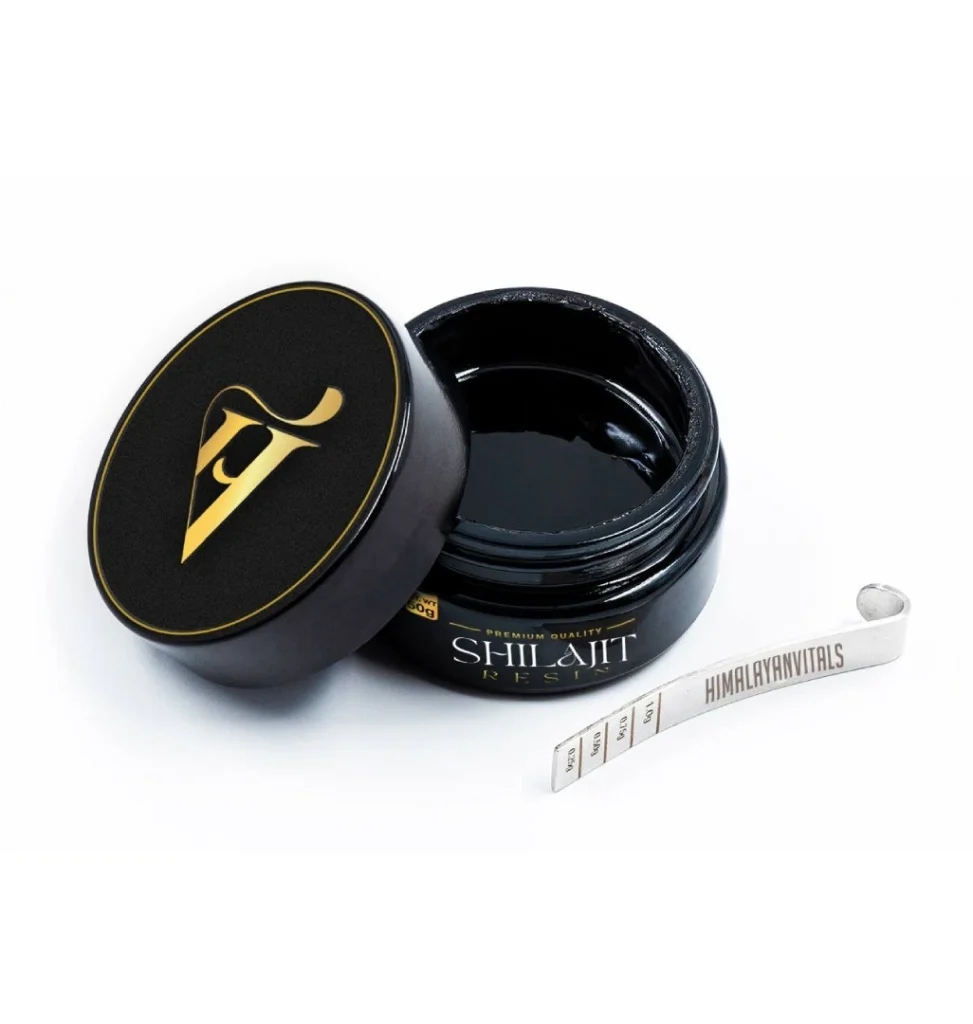

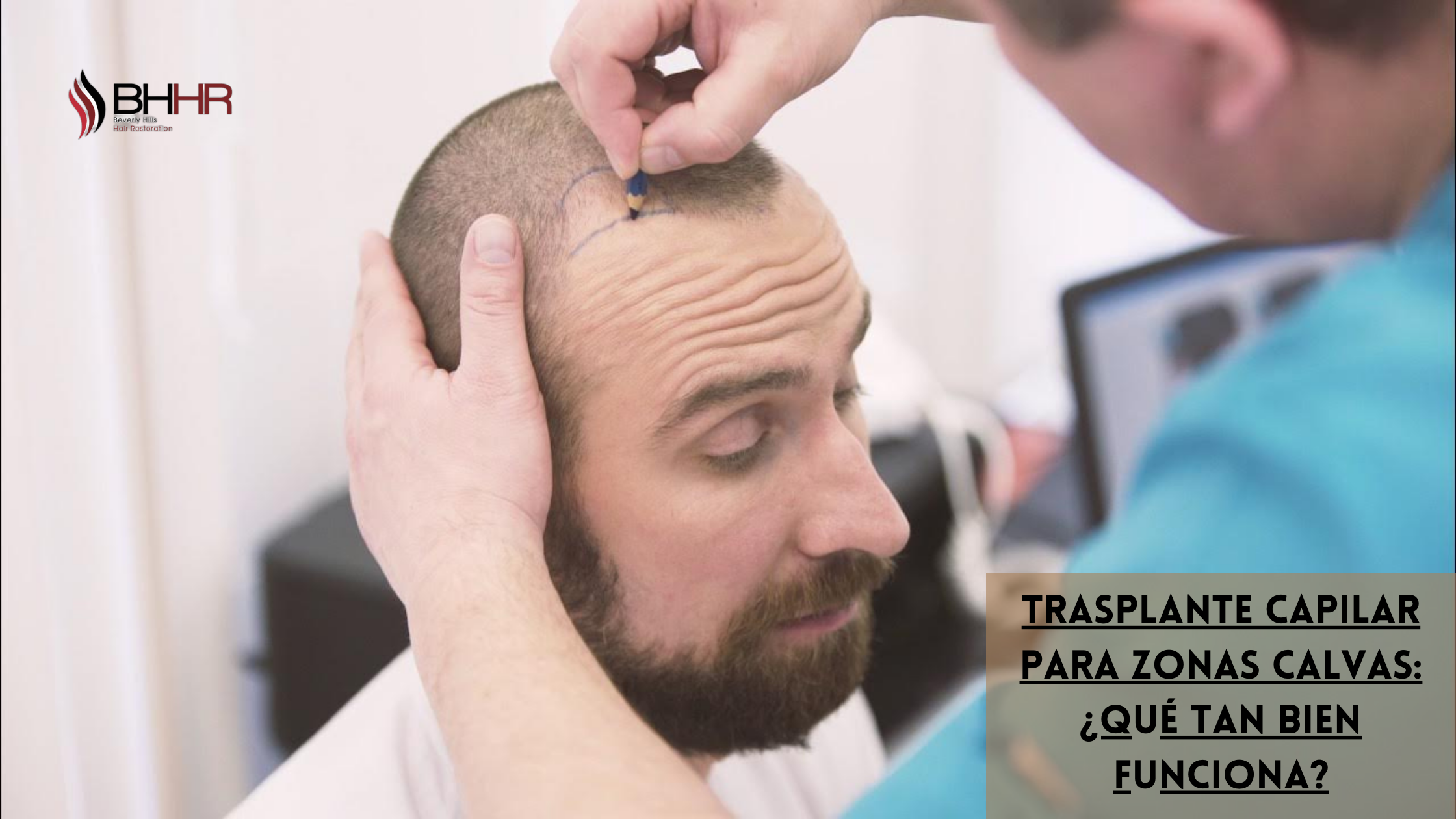
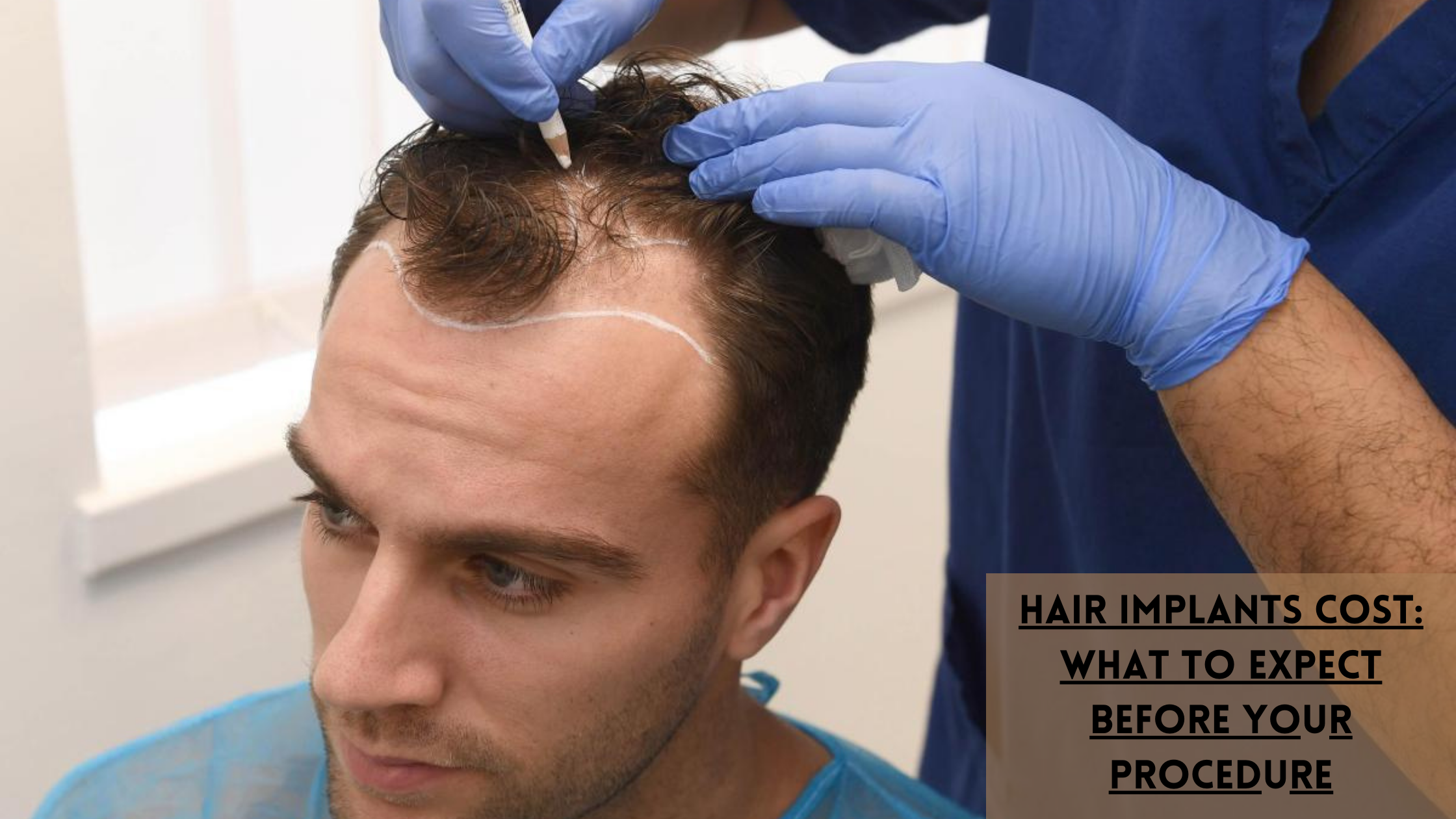




Leave a Reply